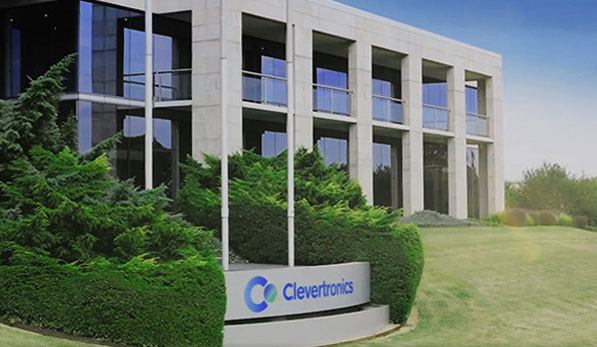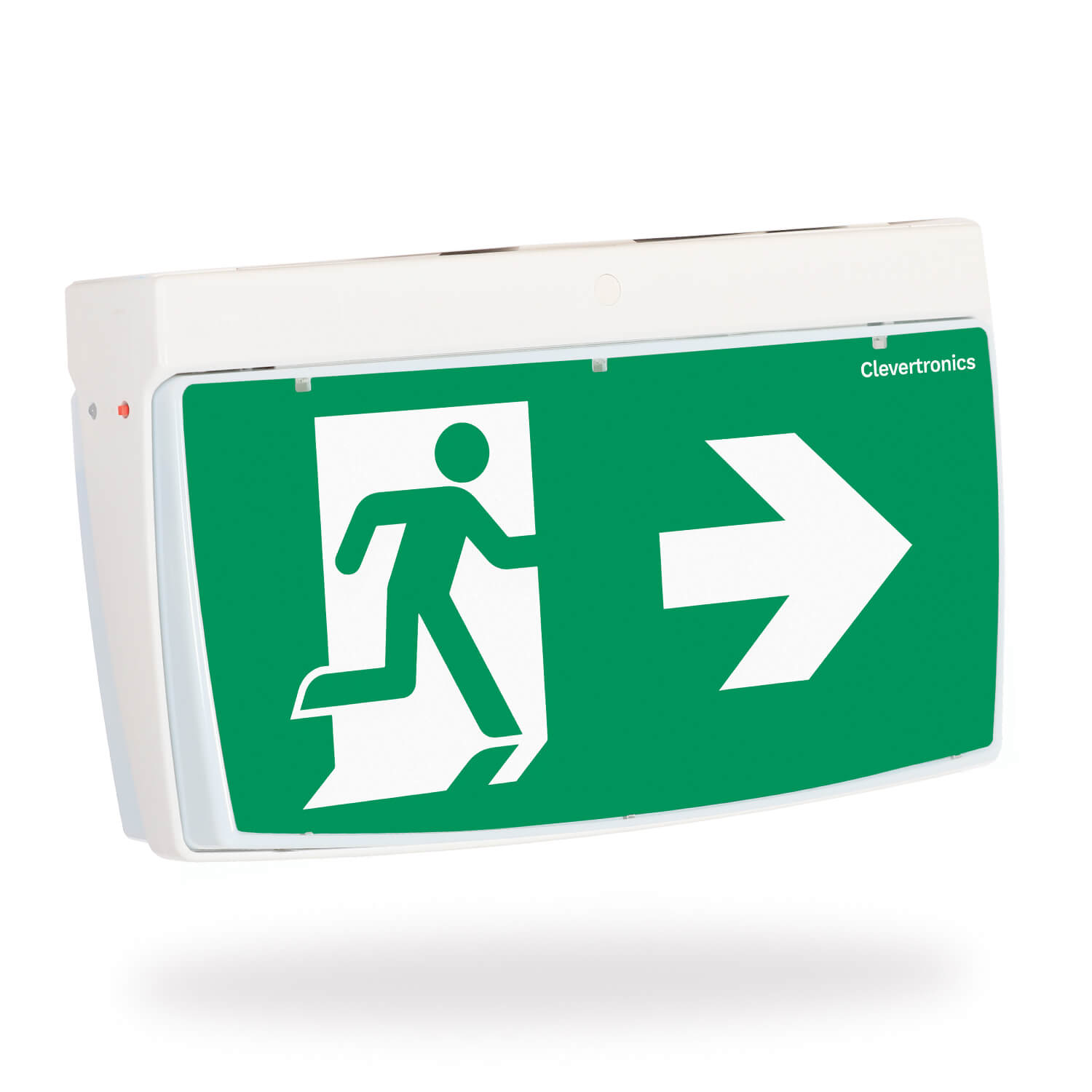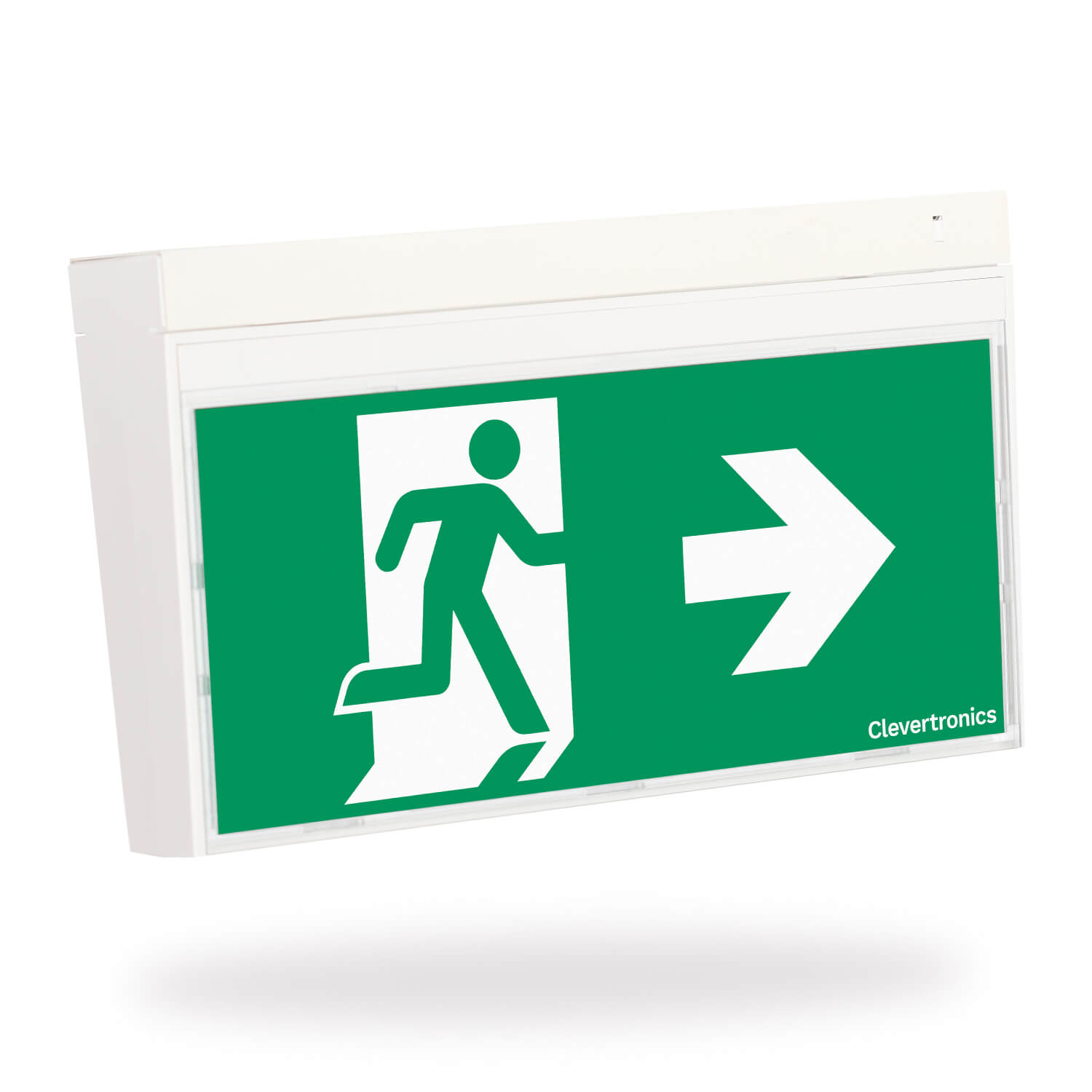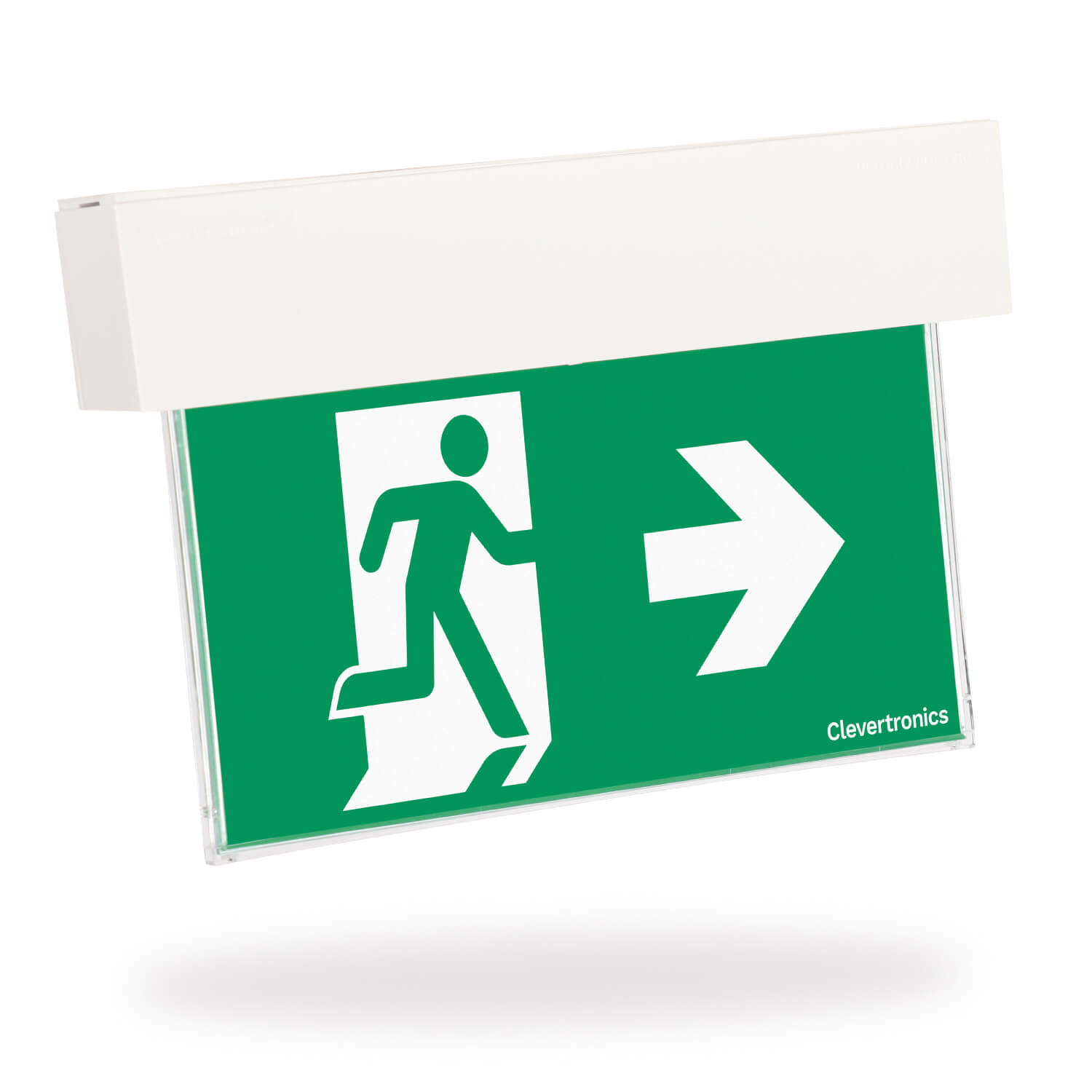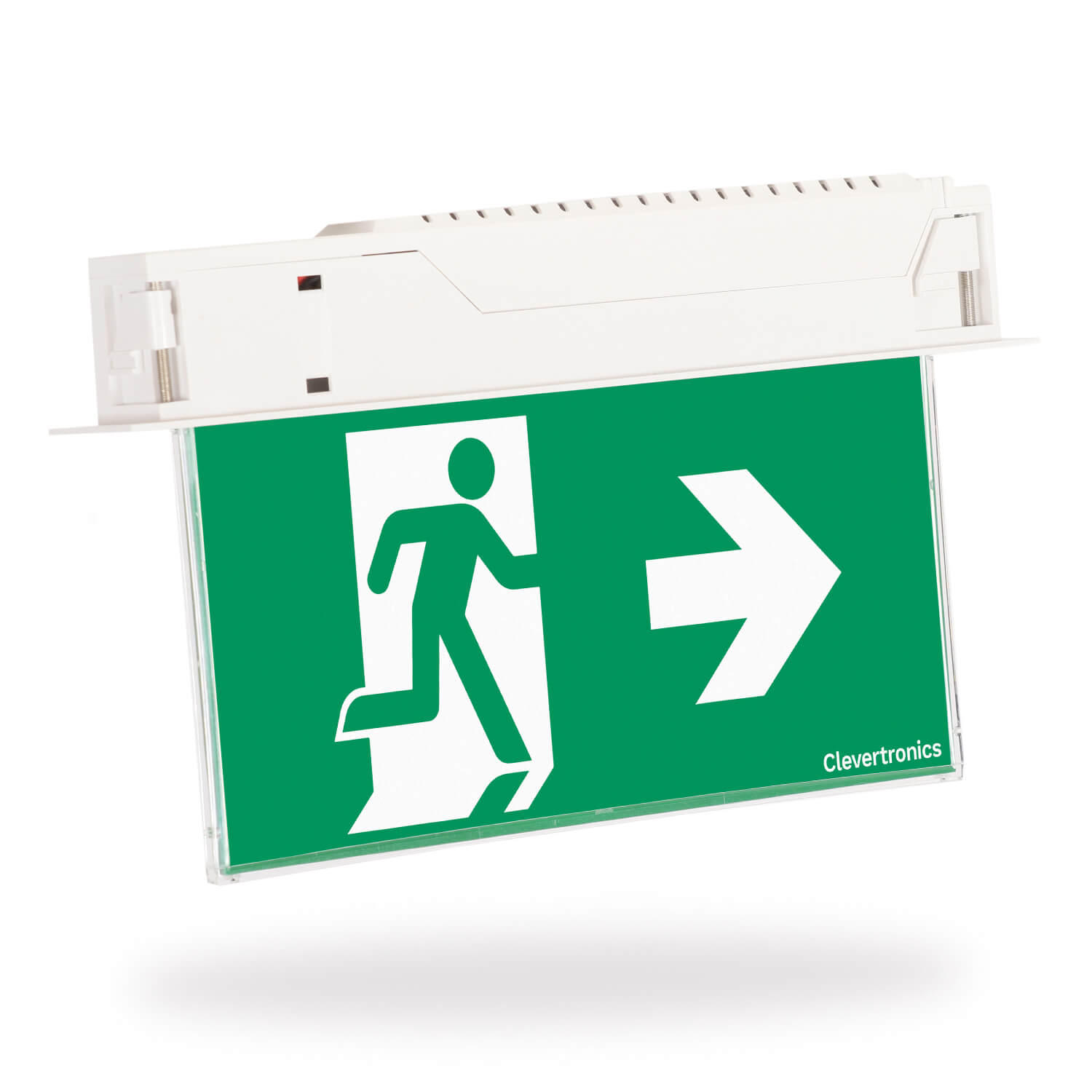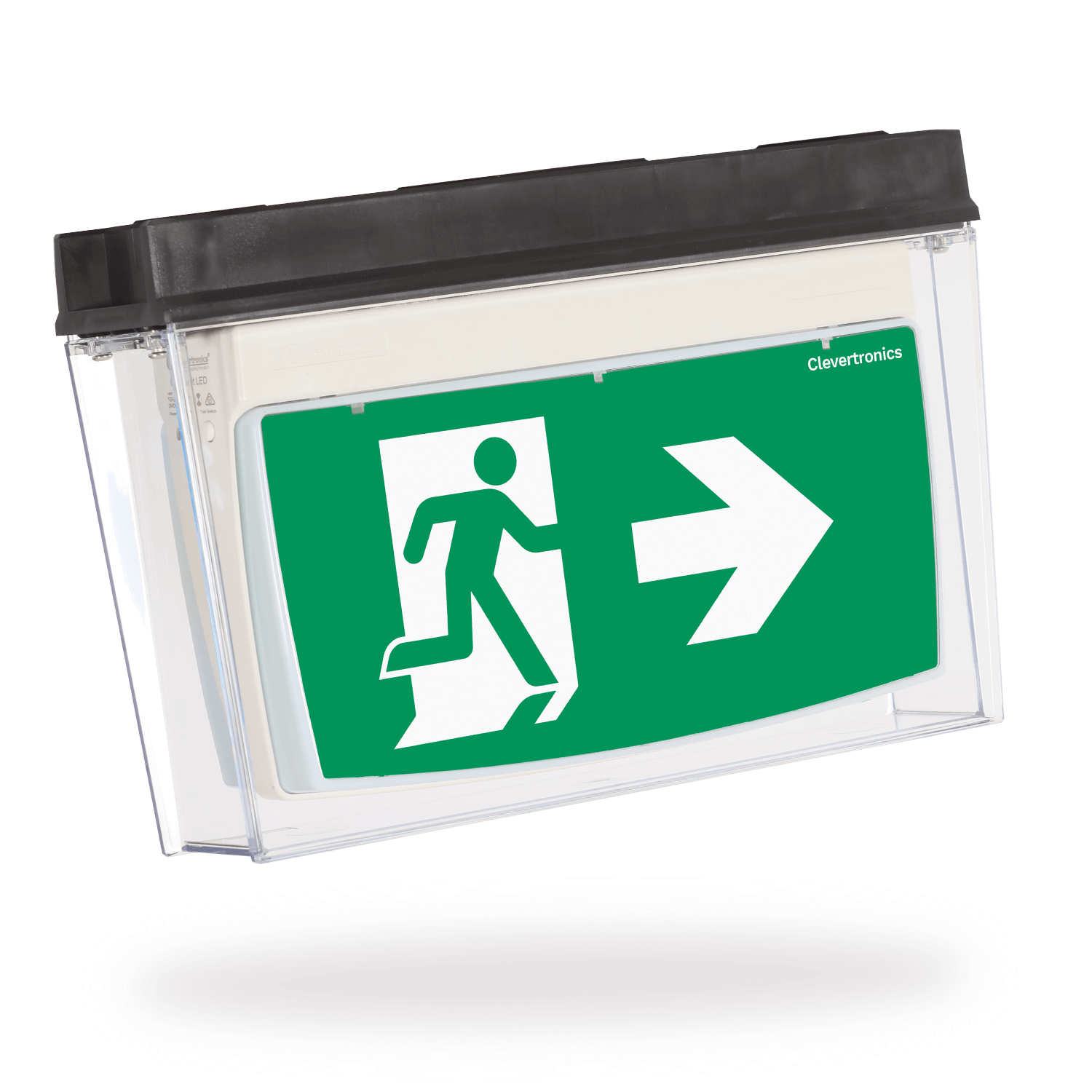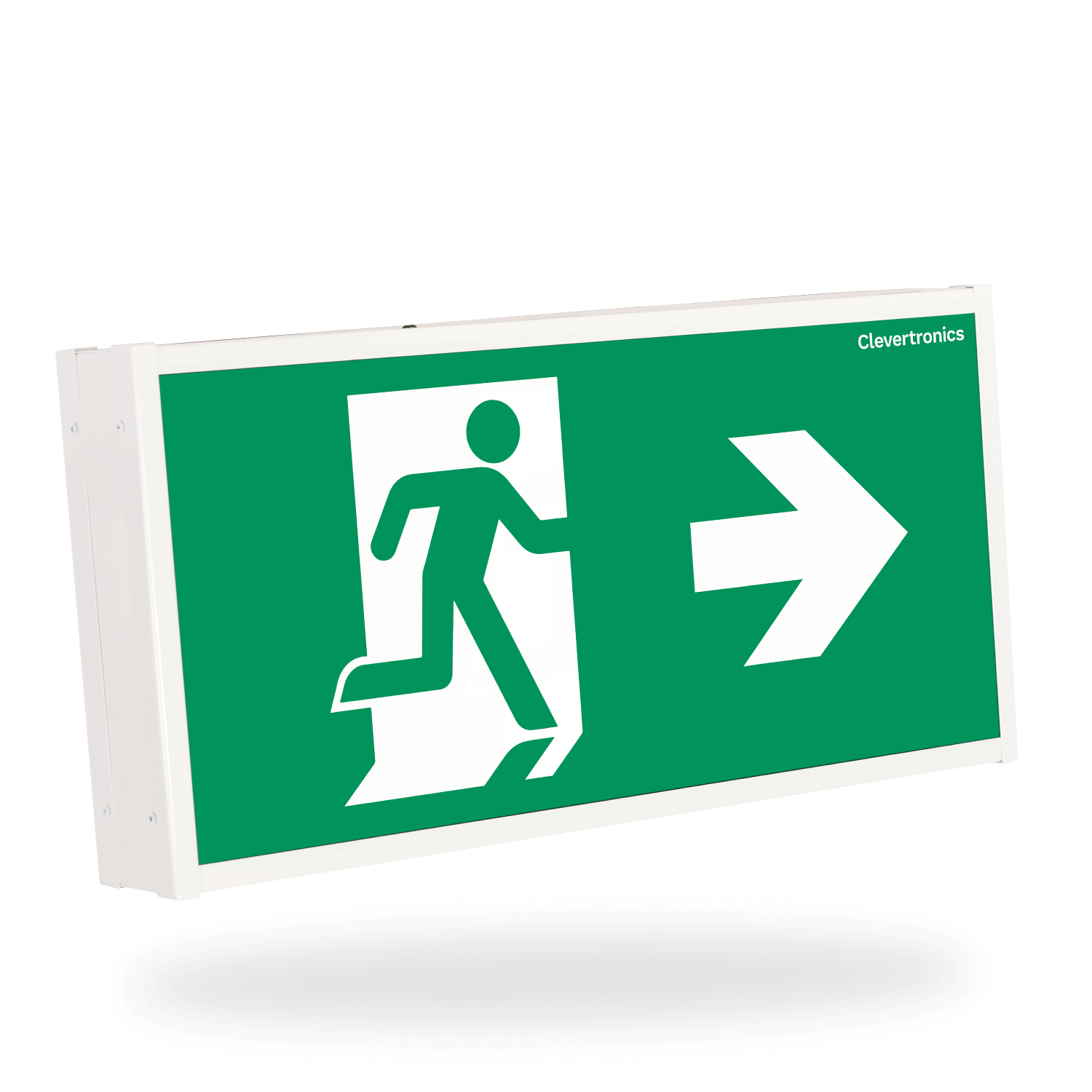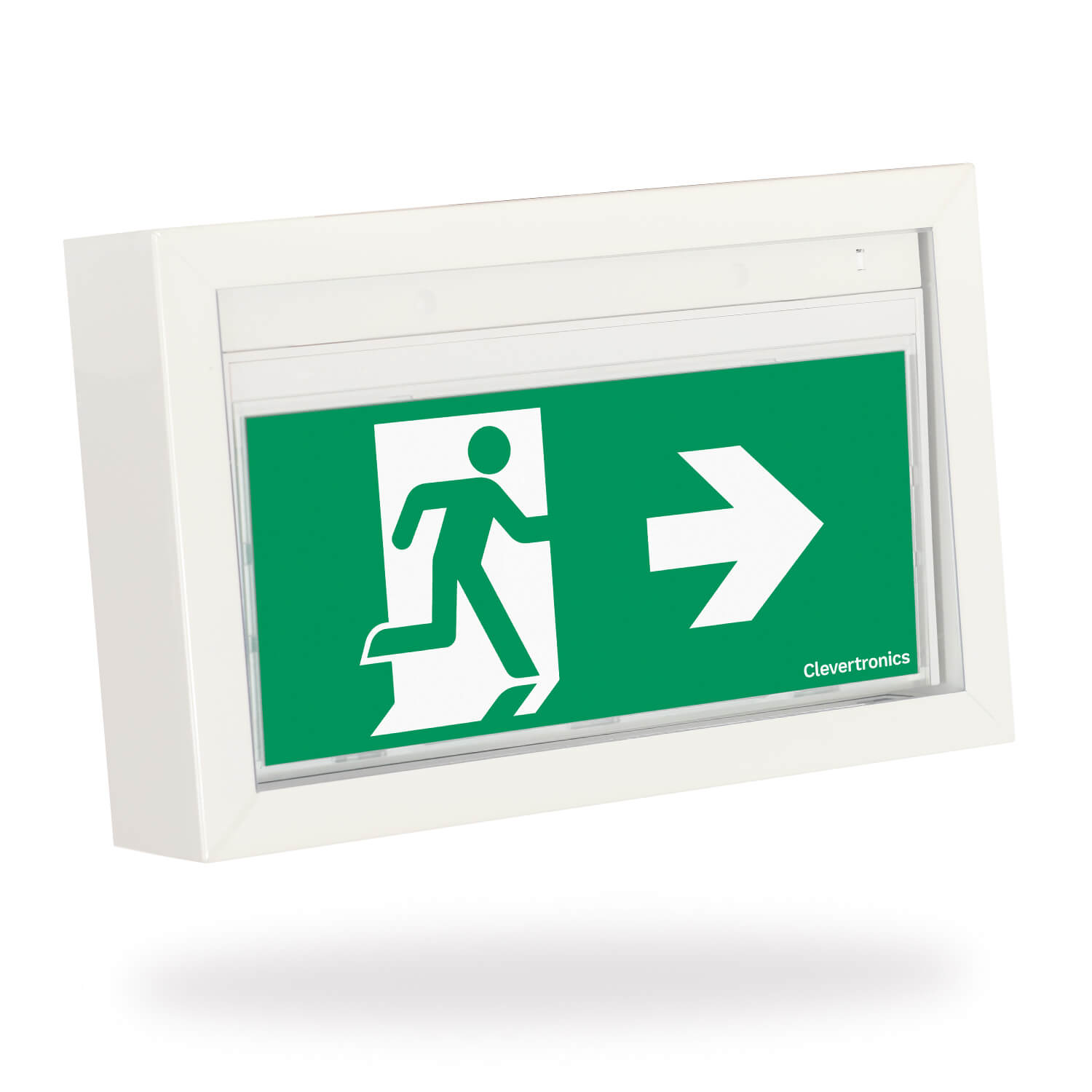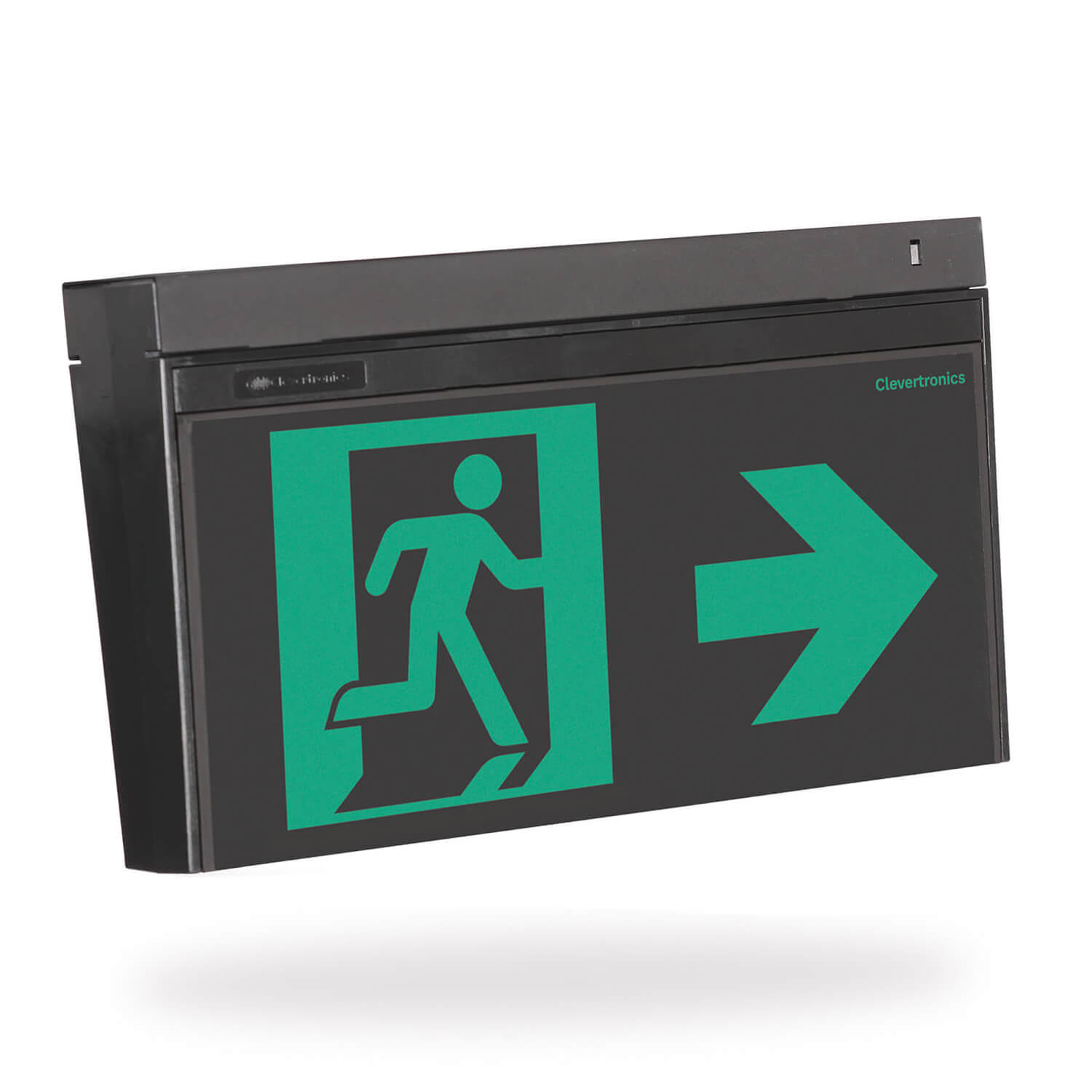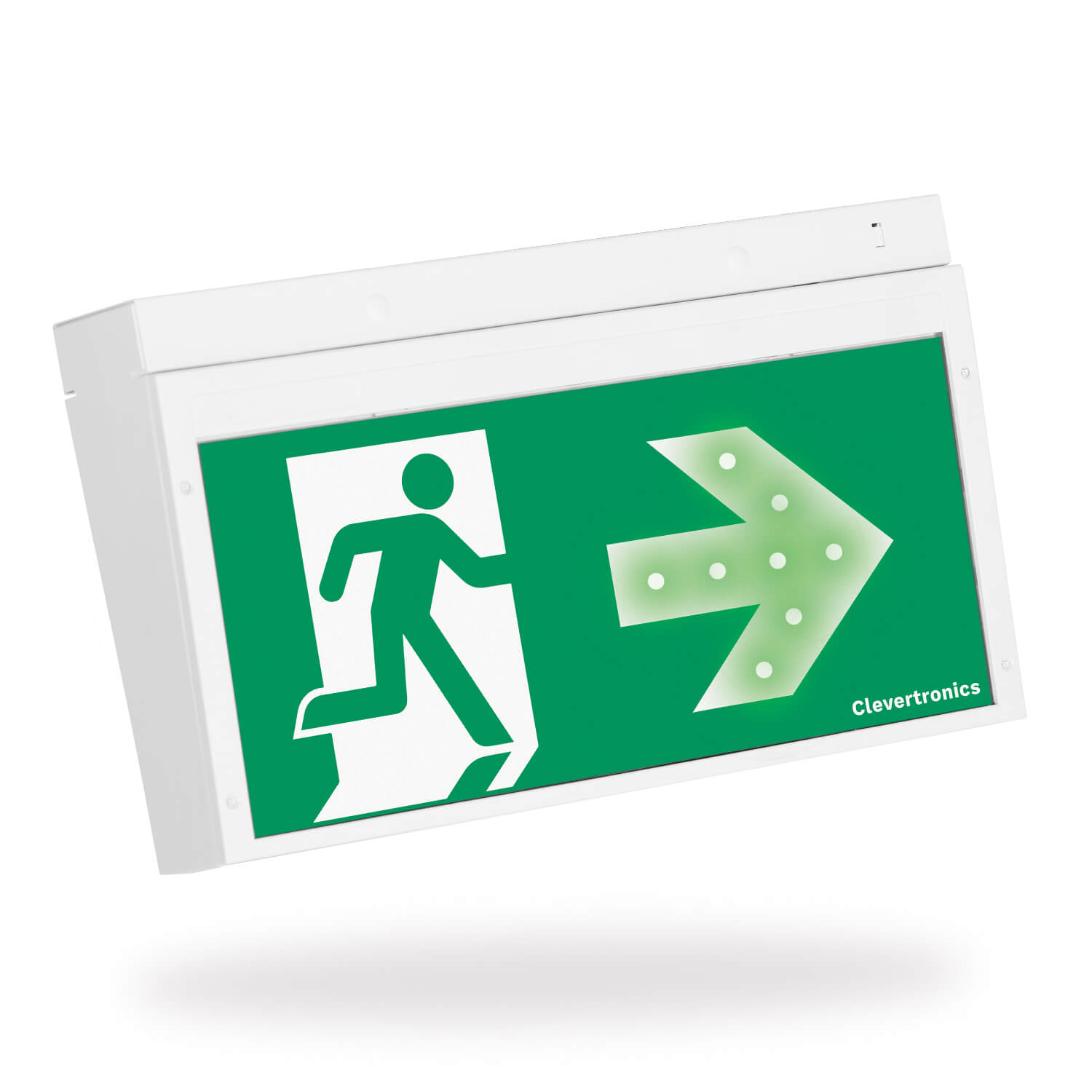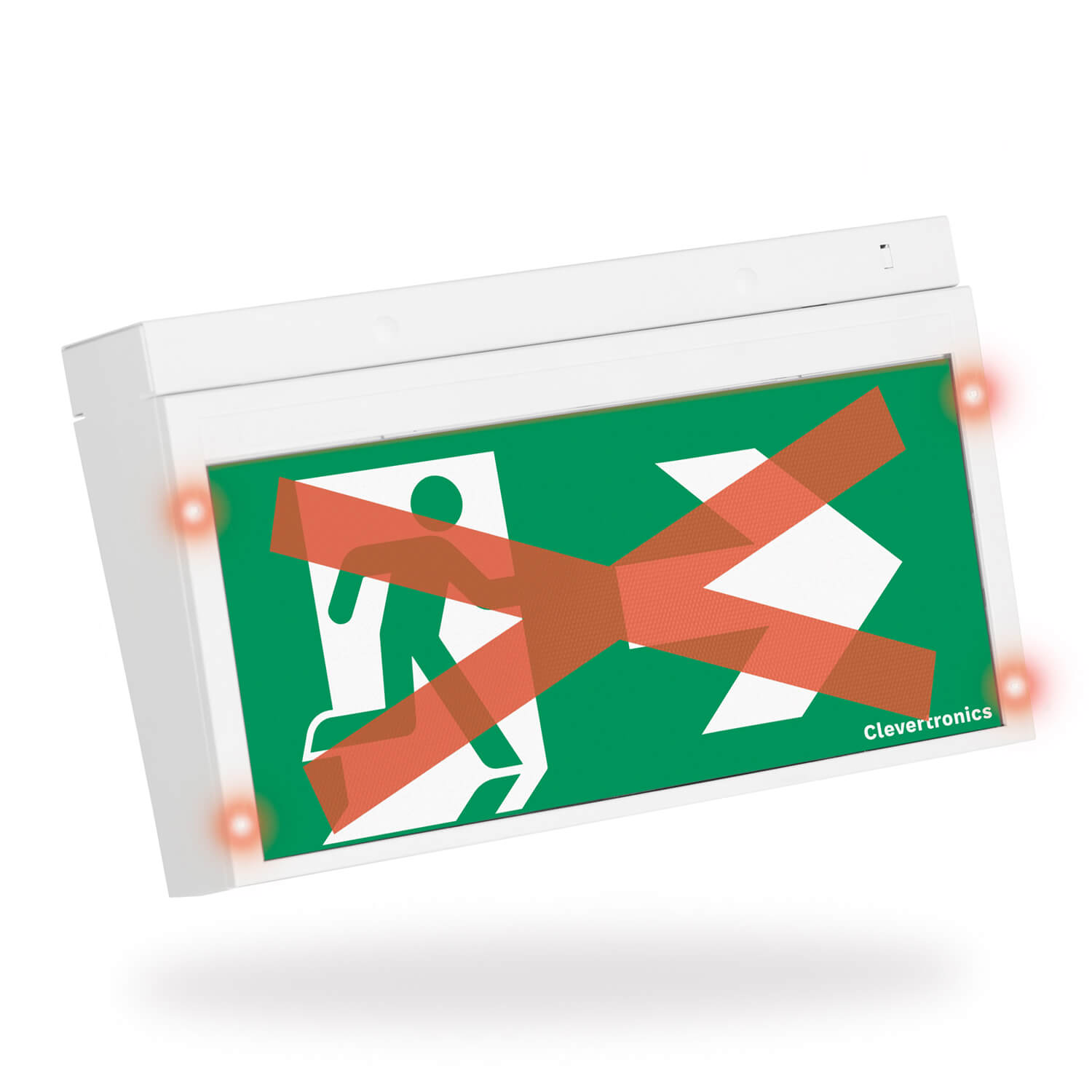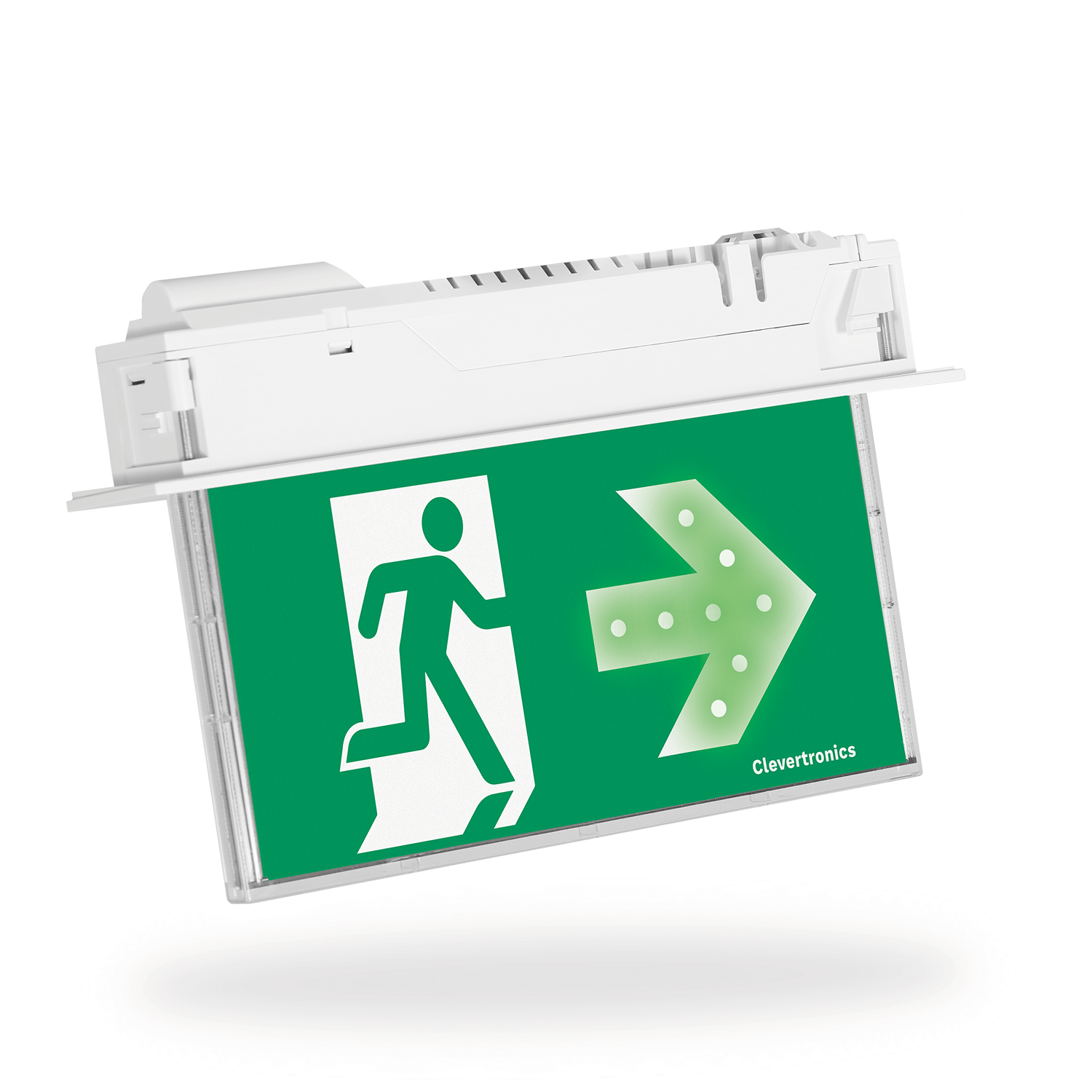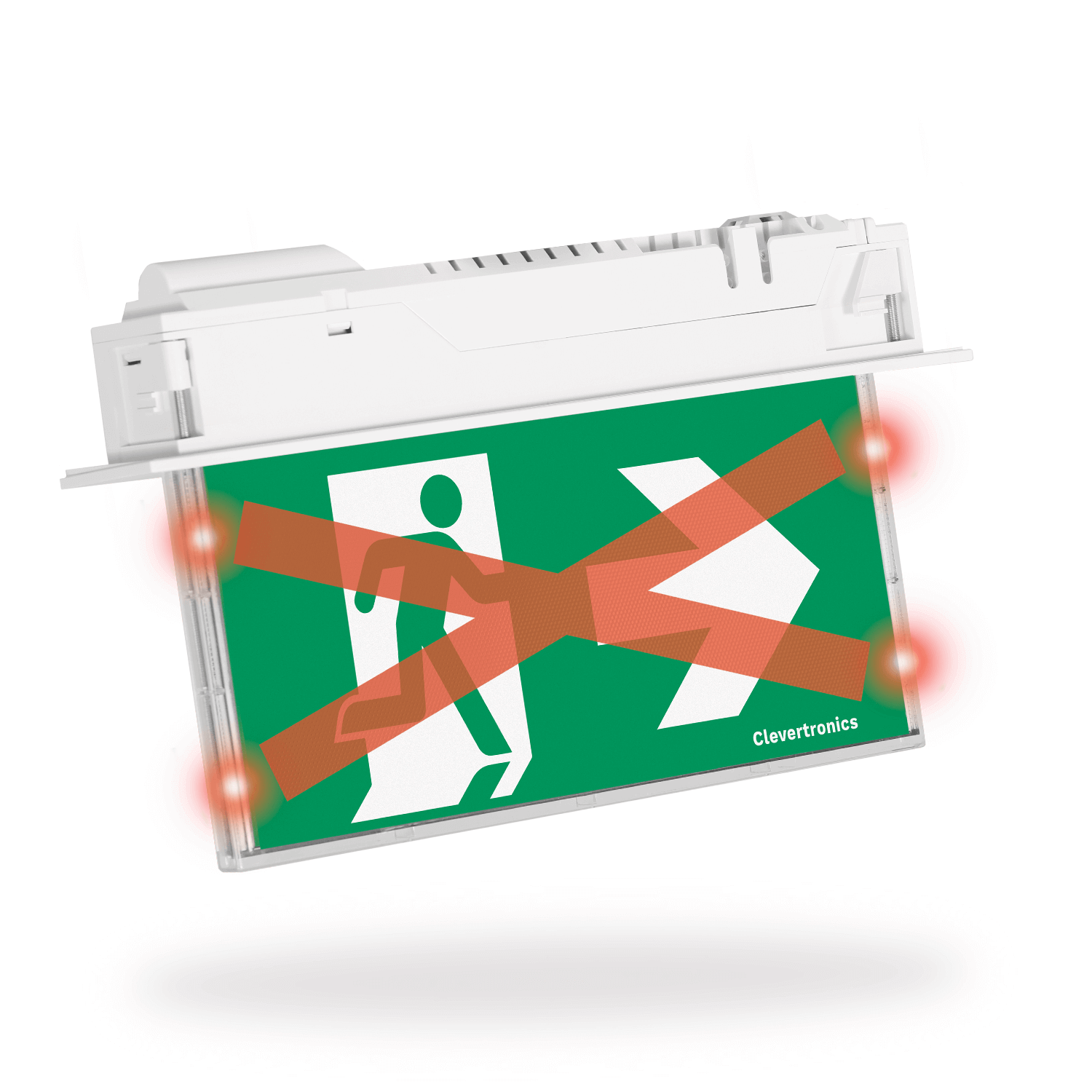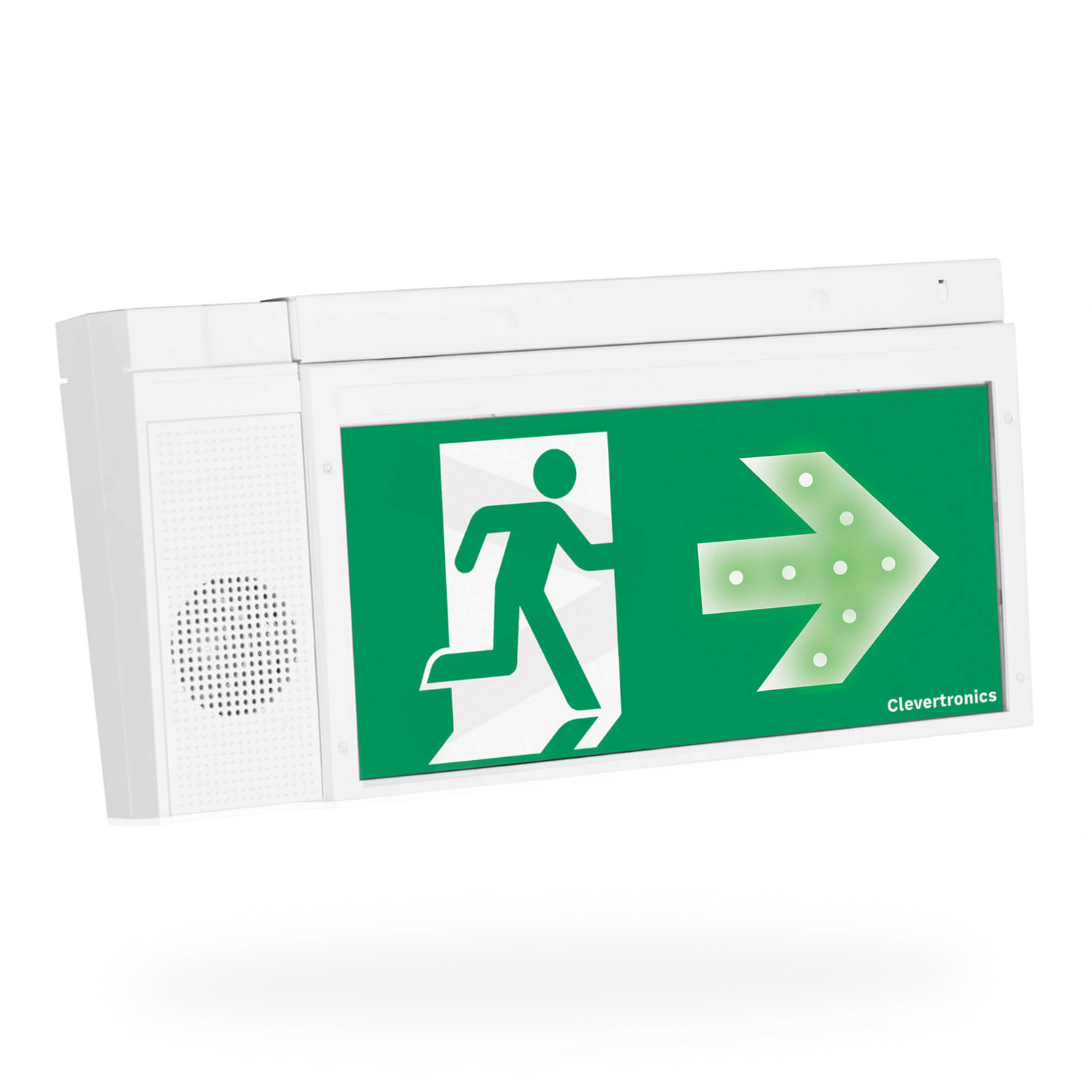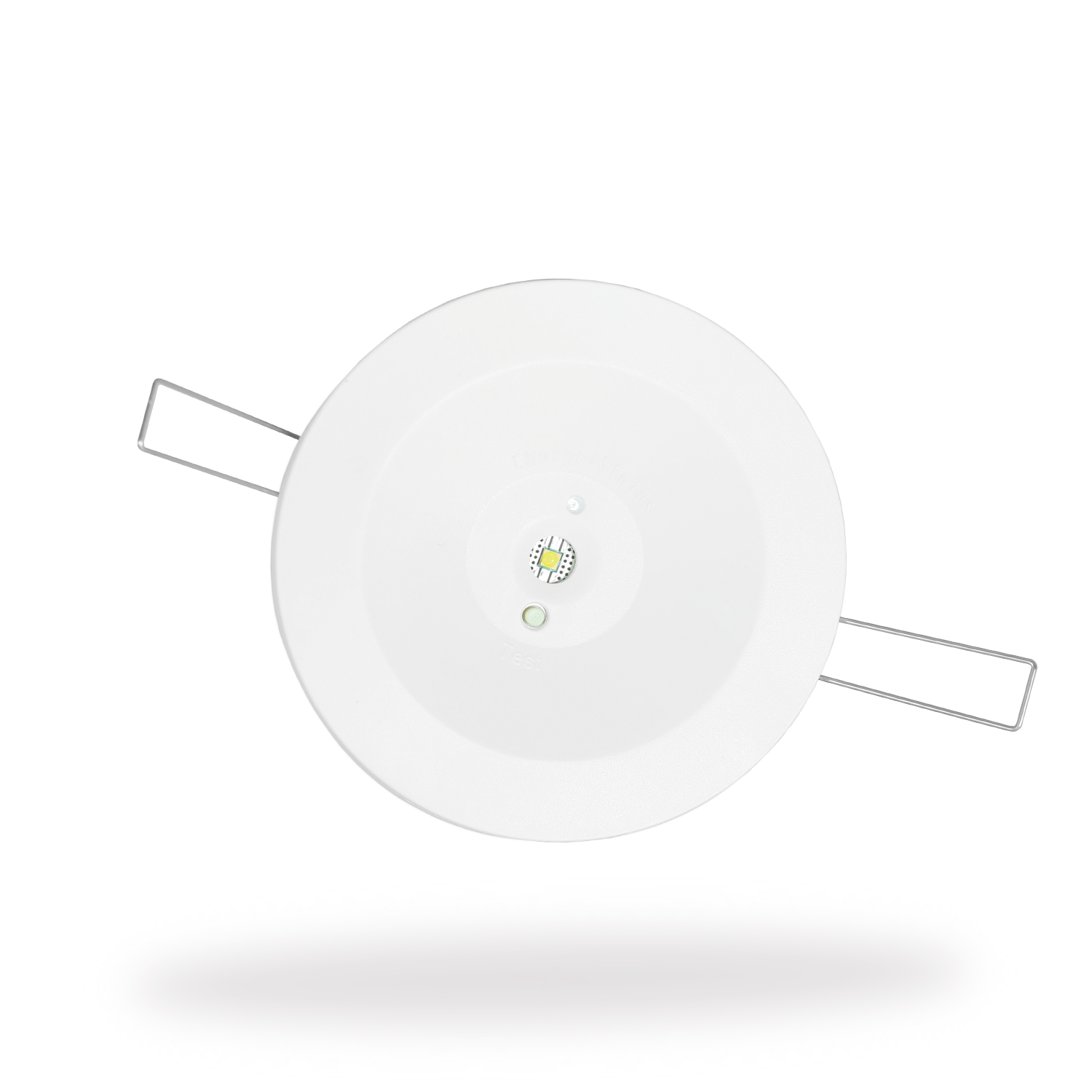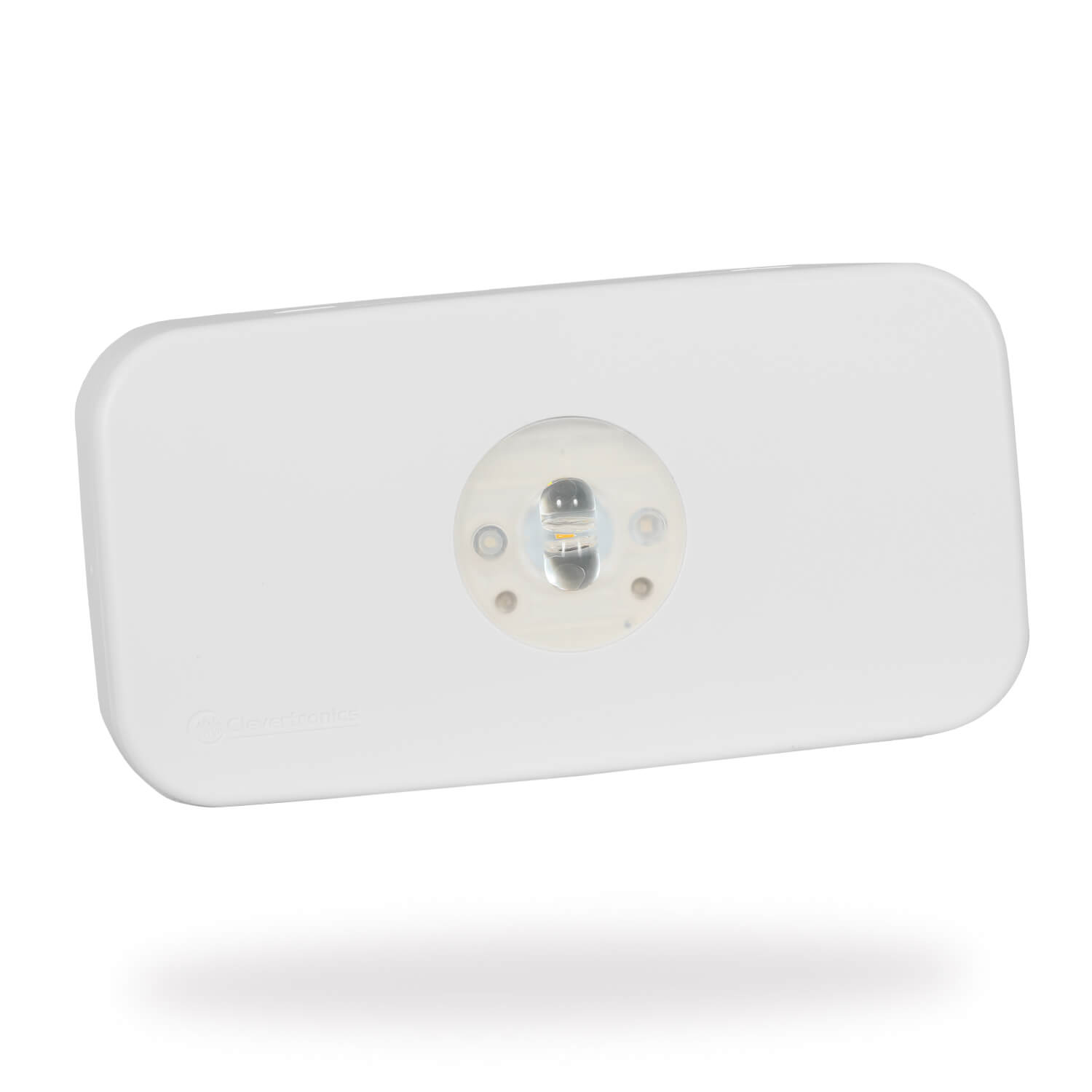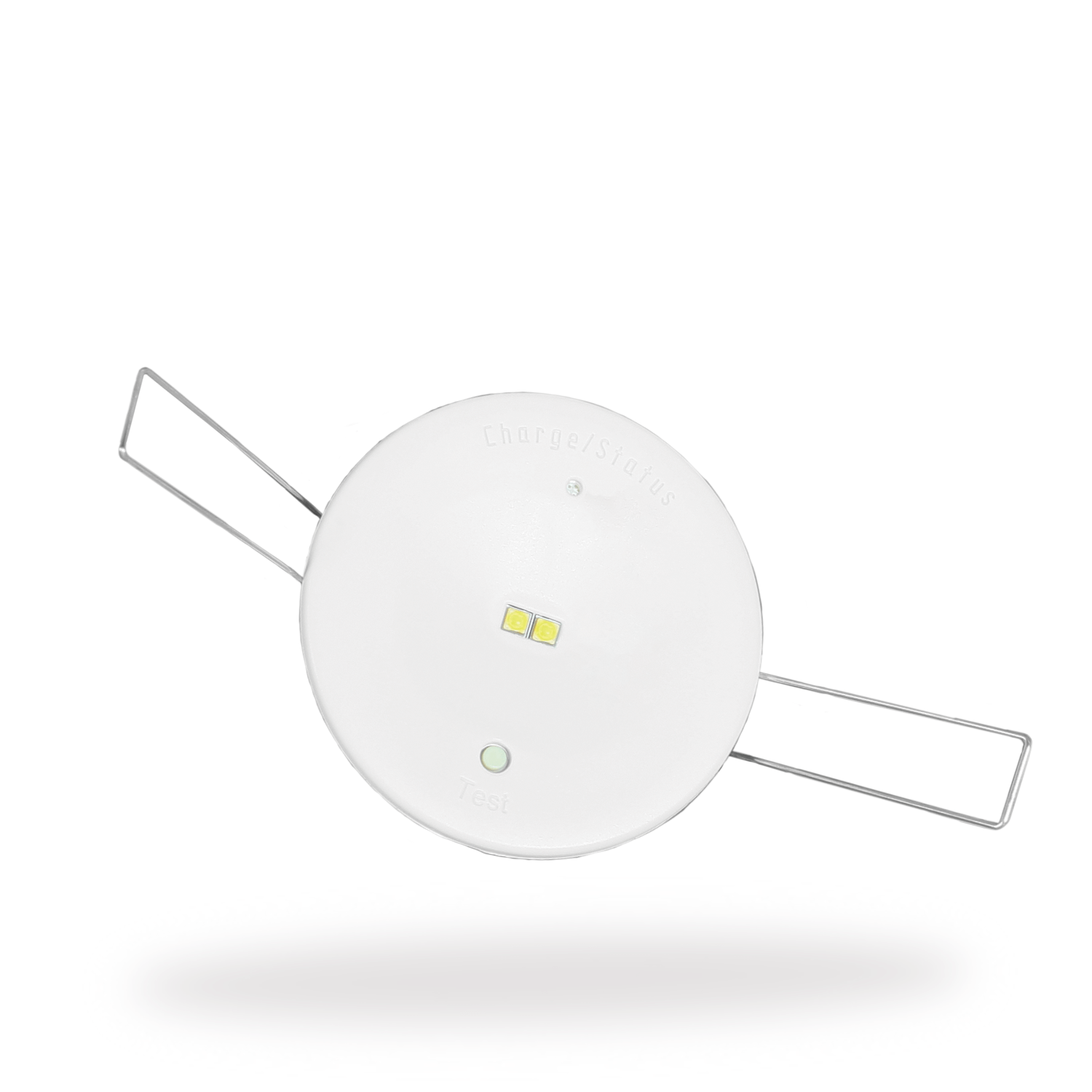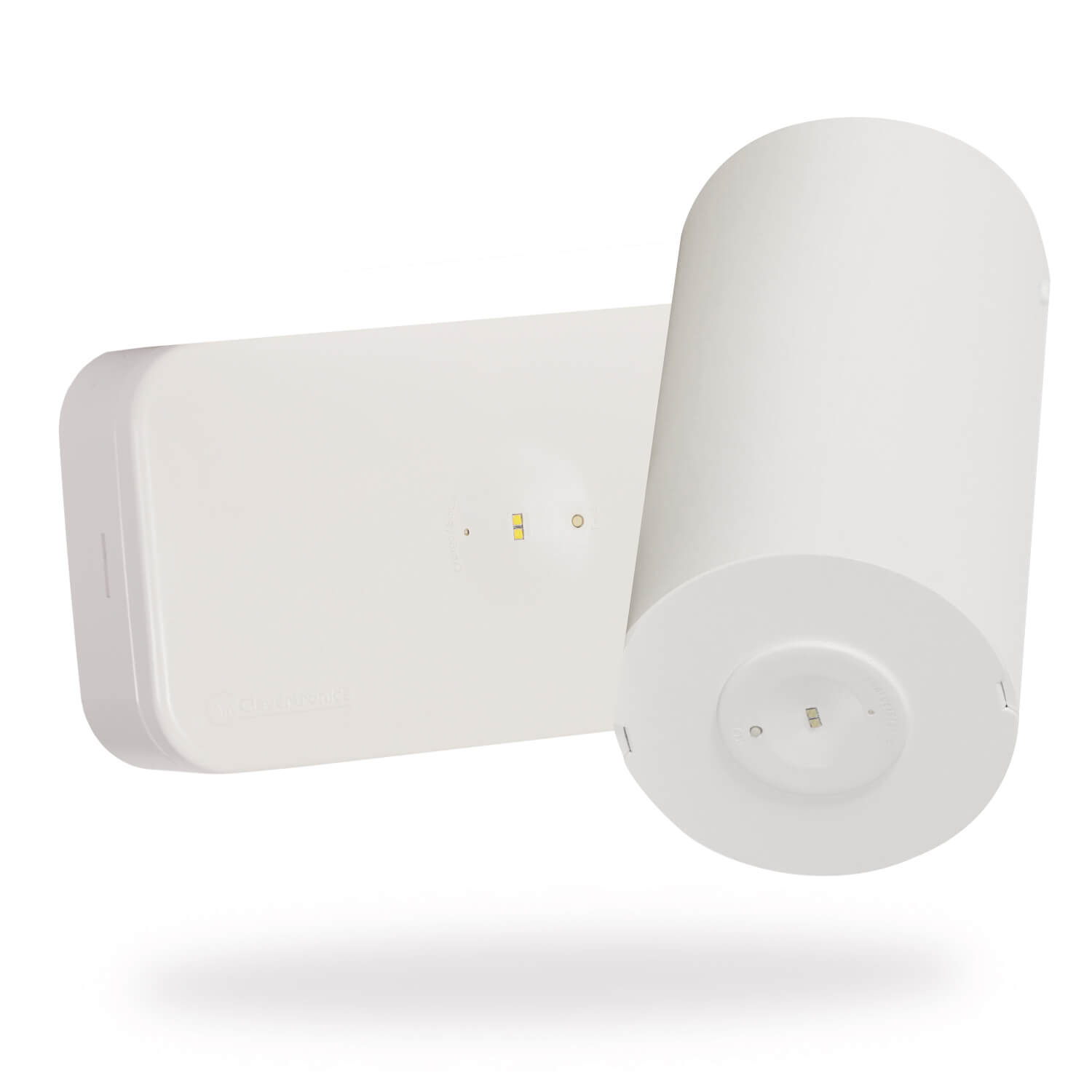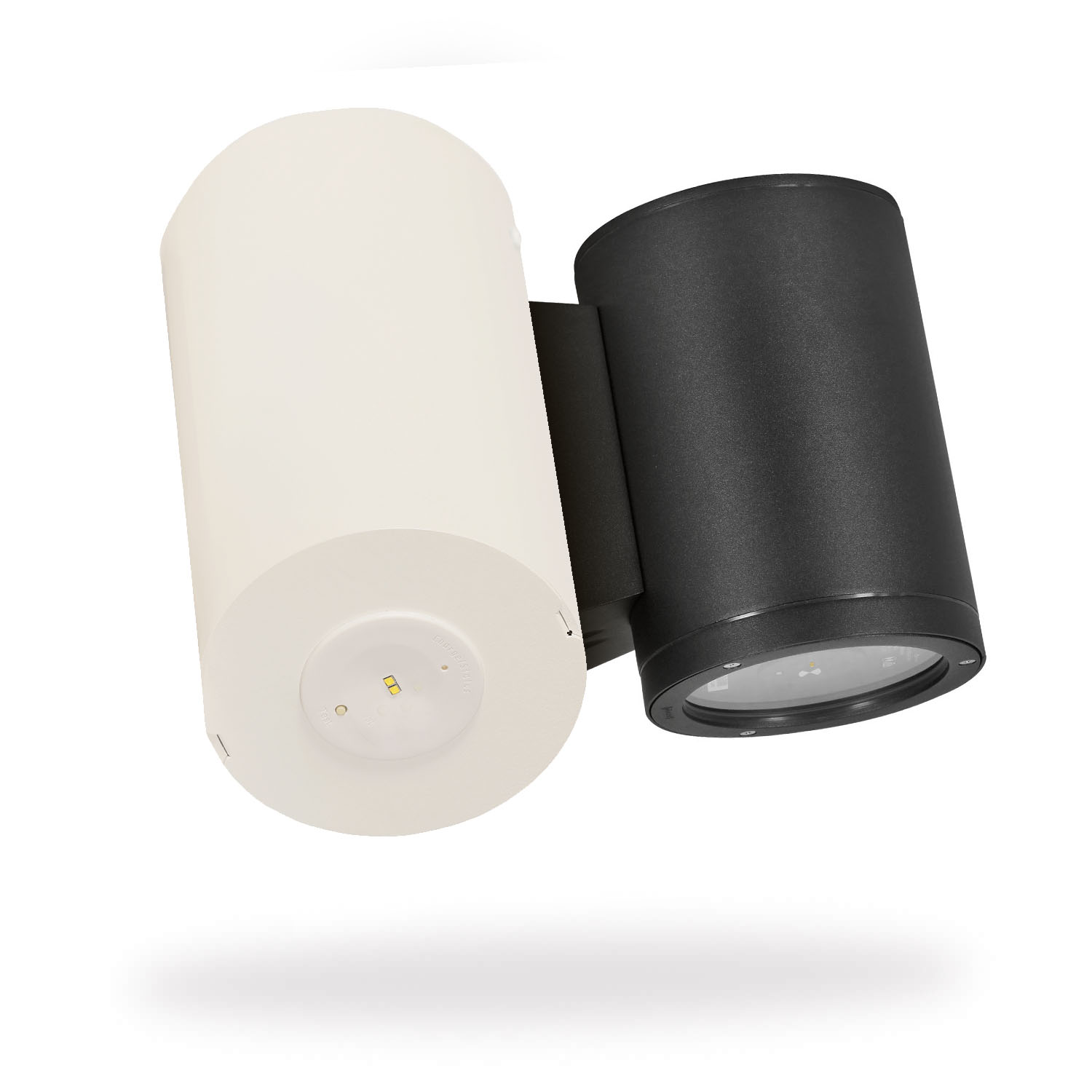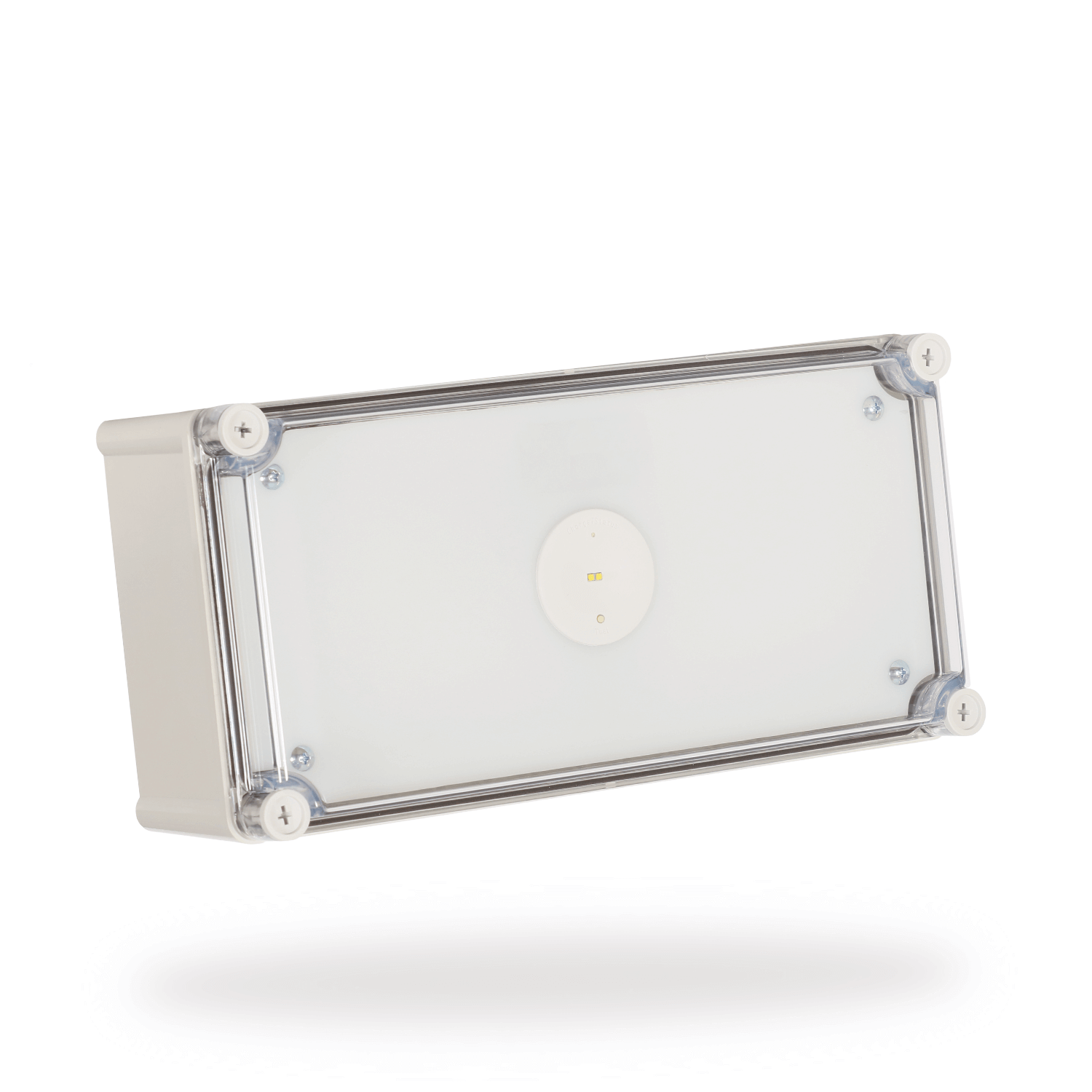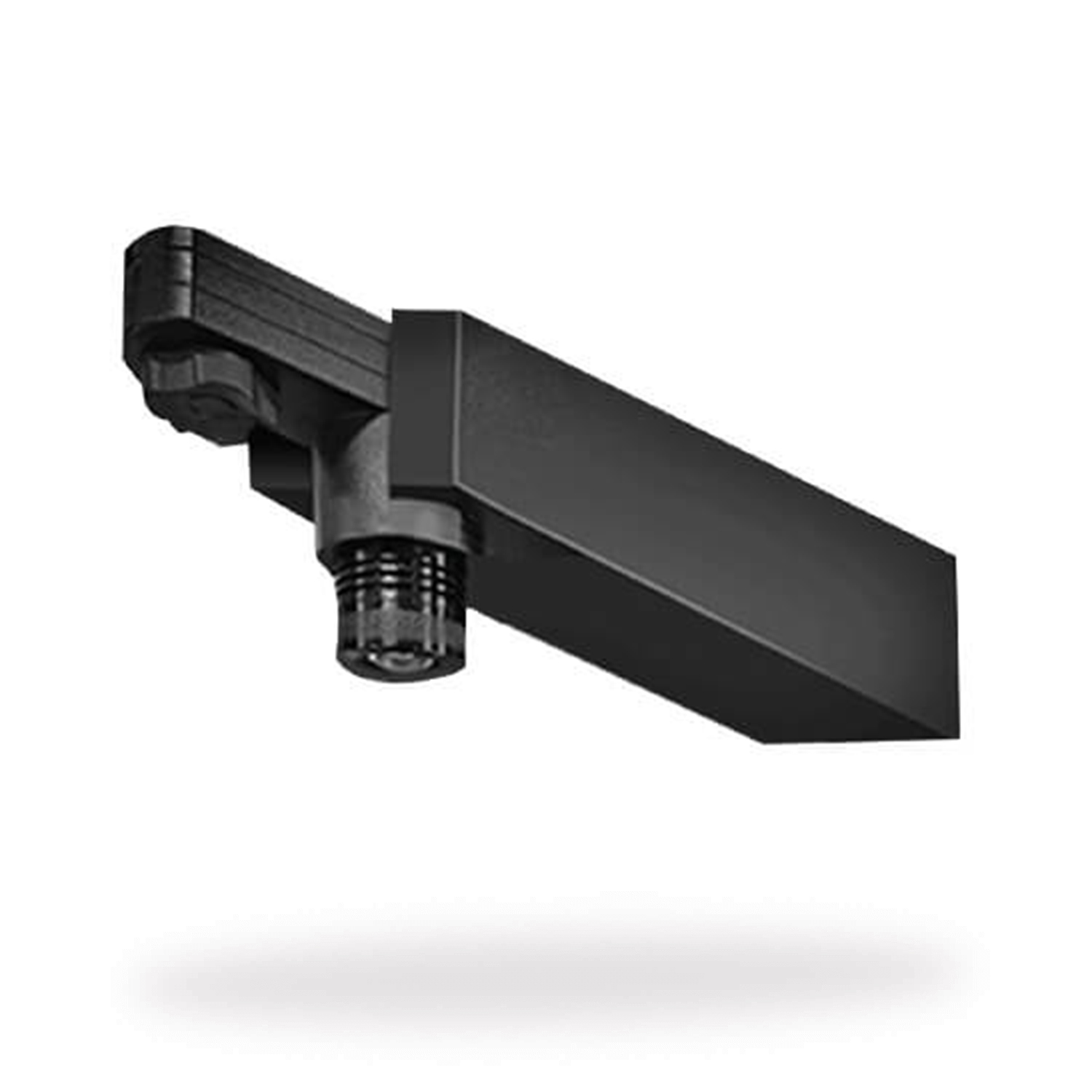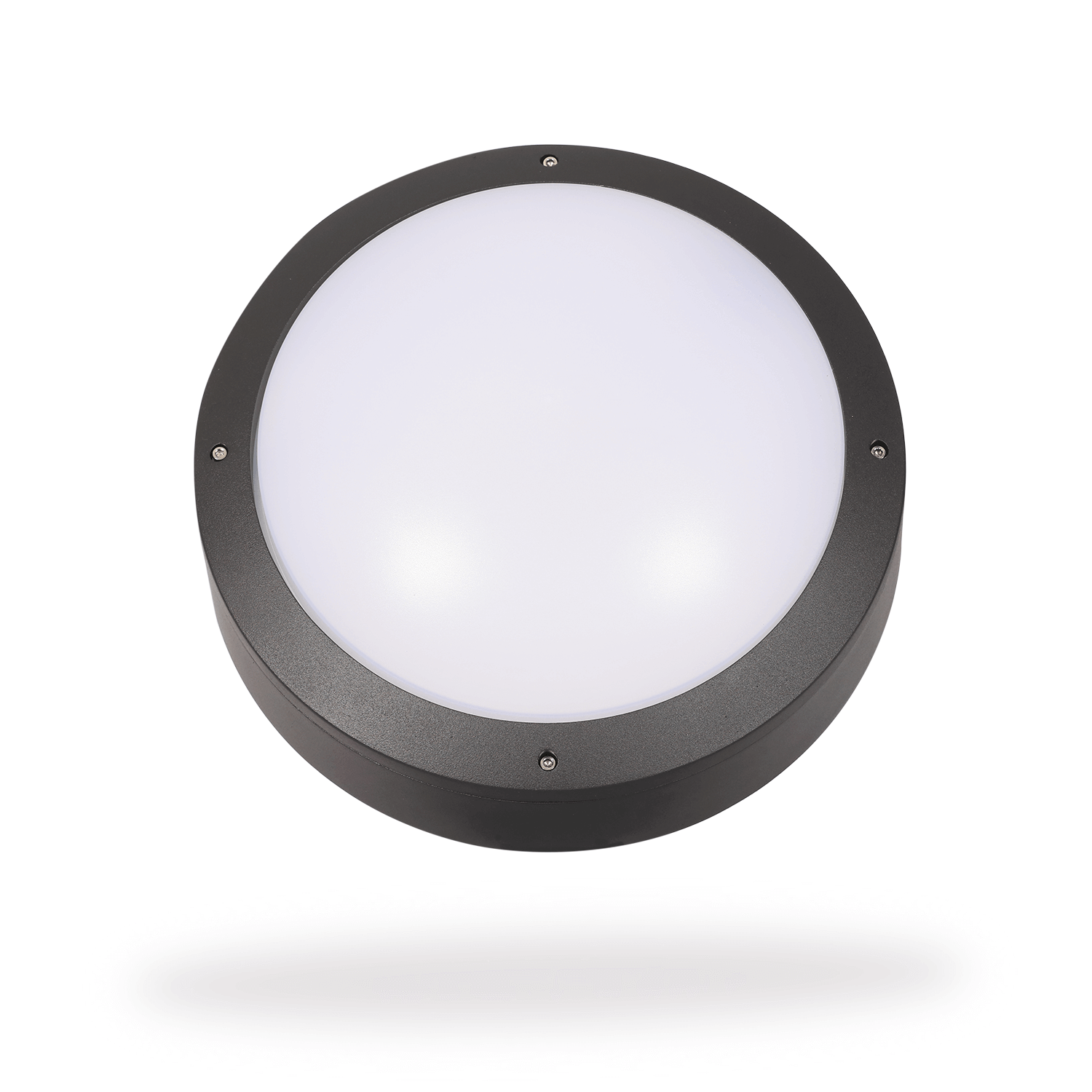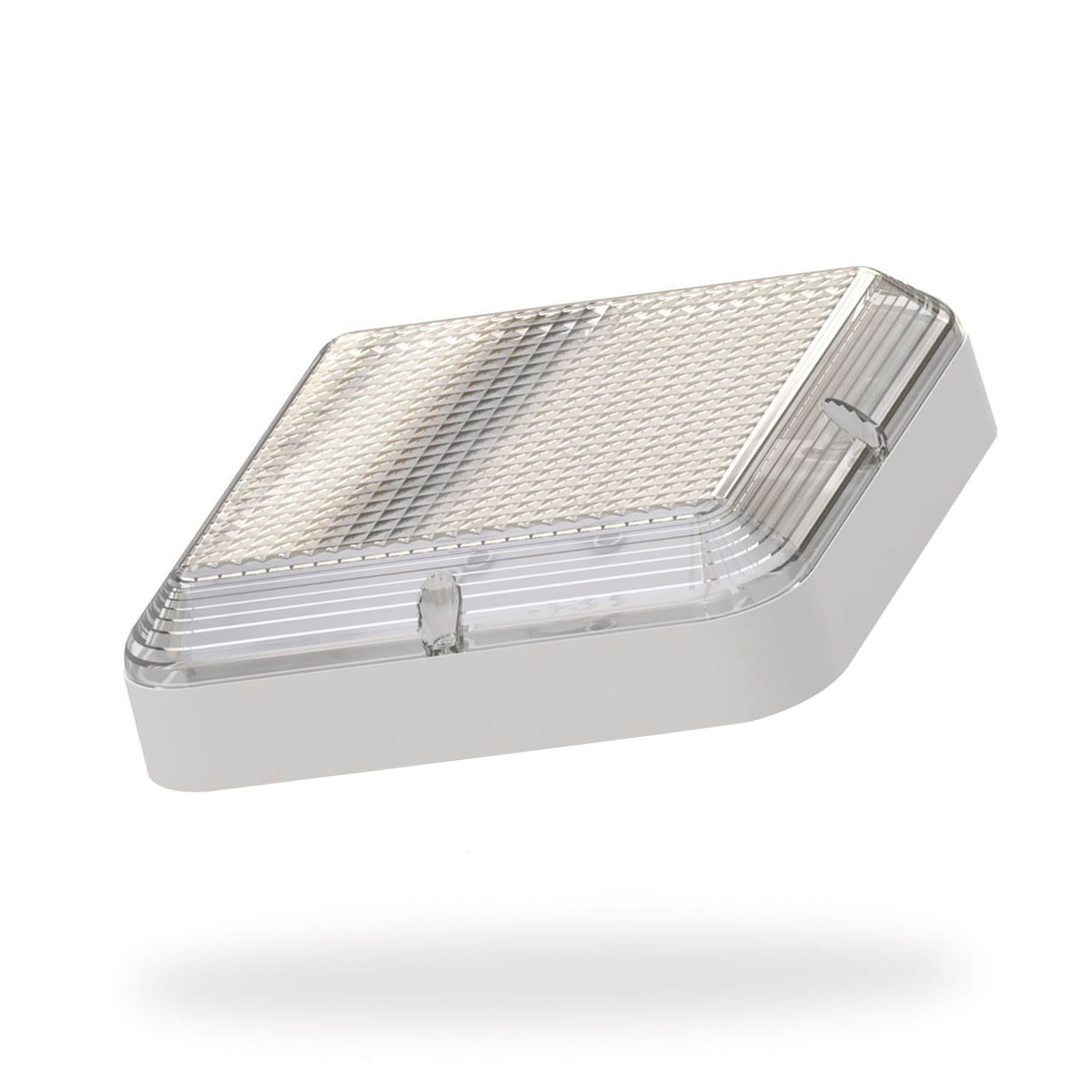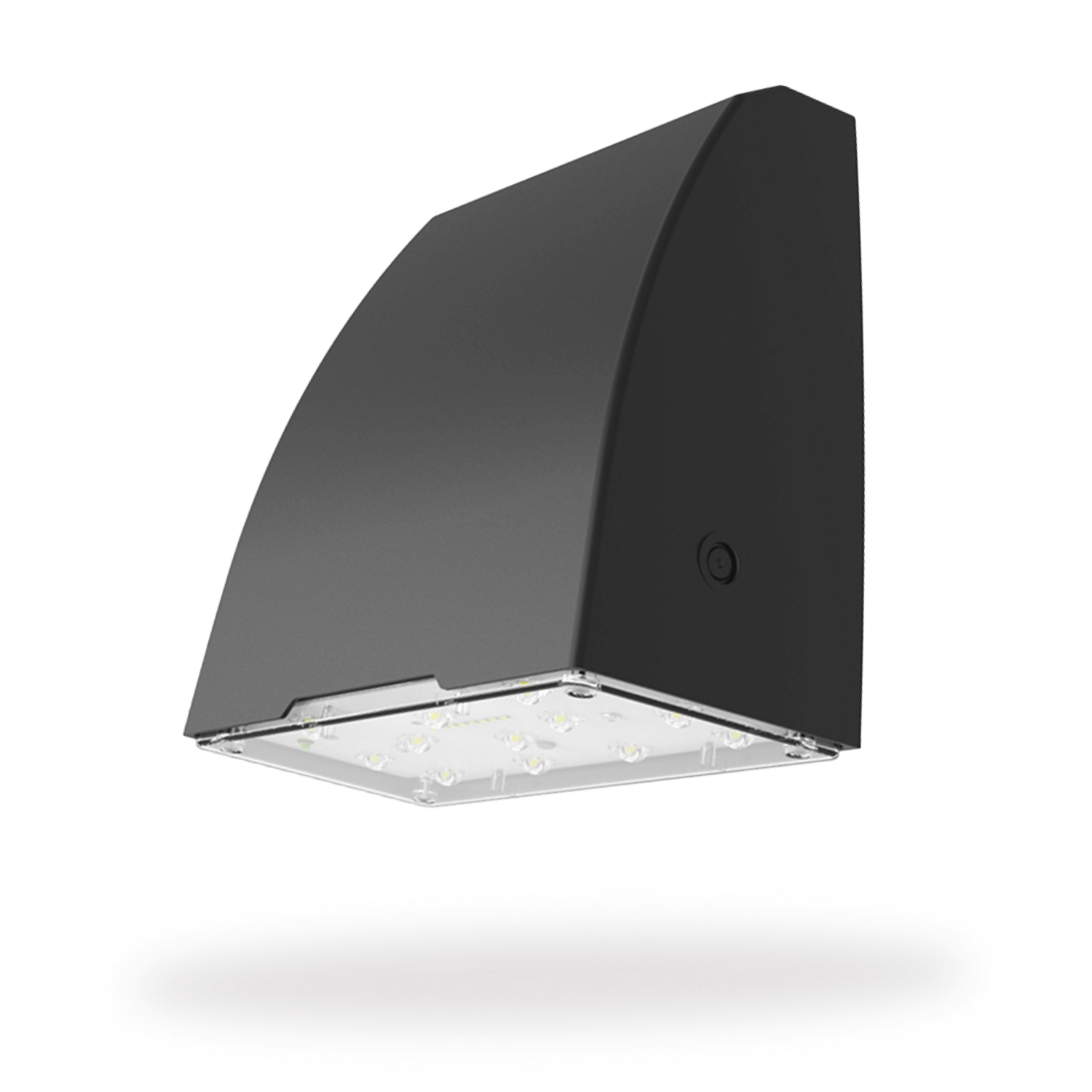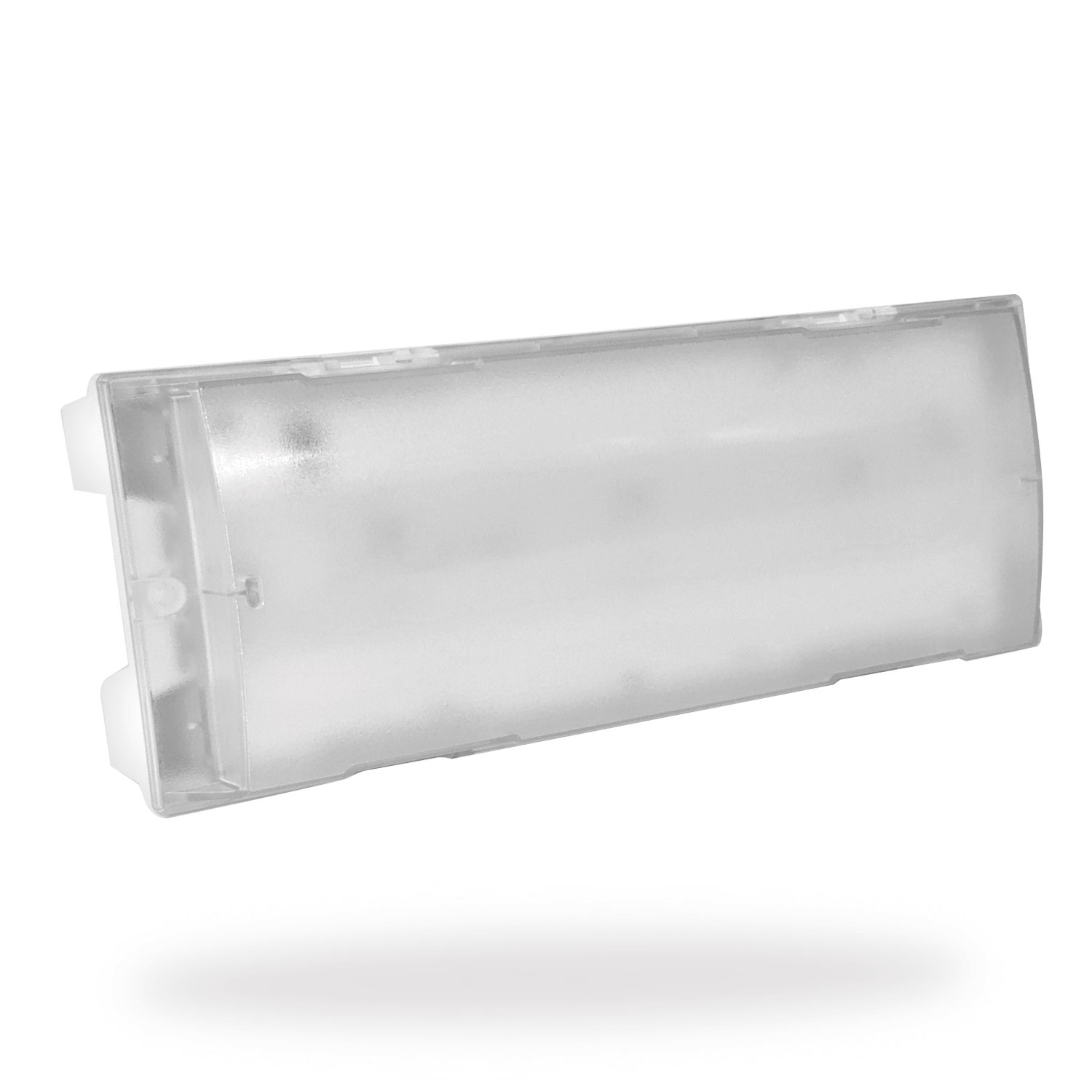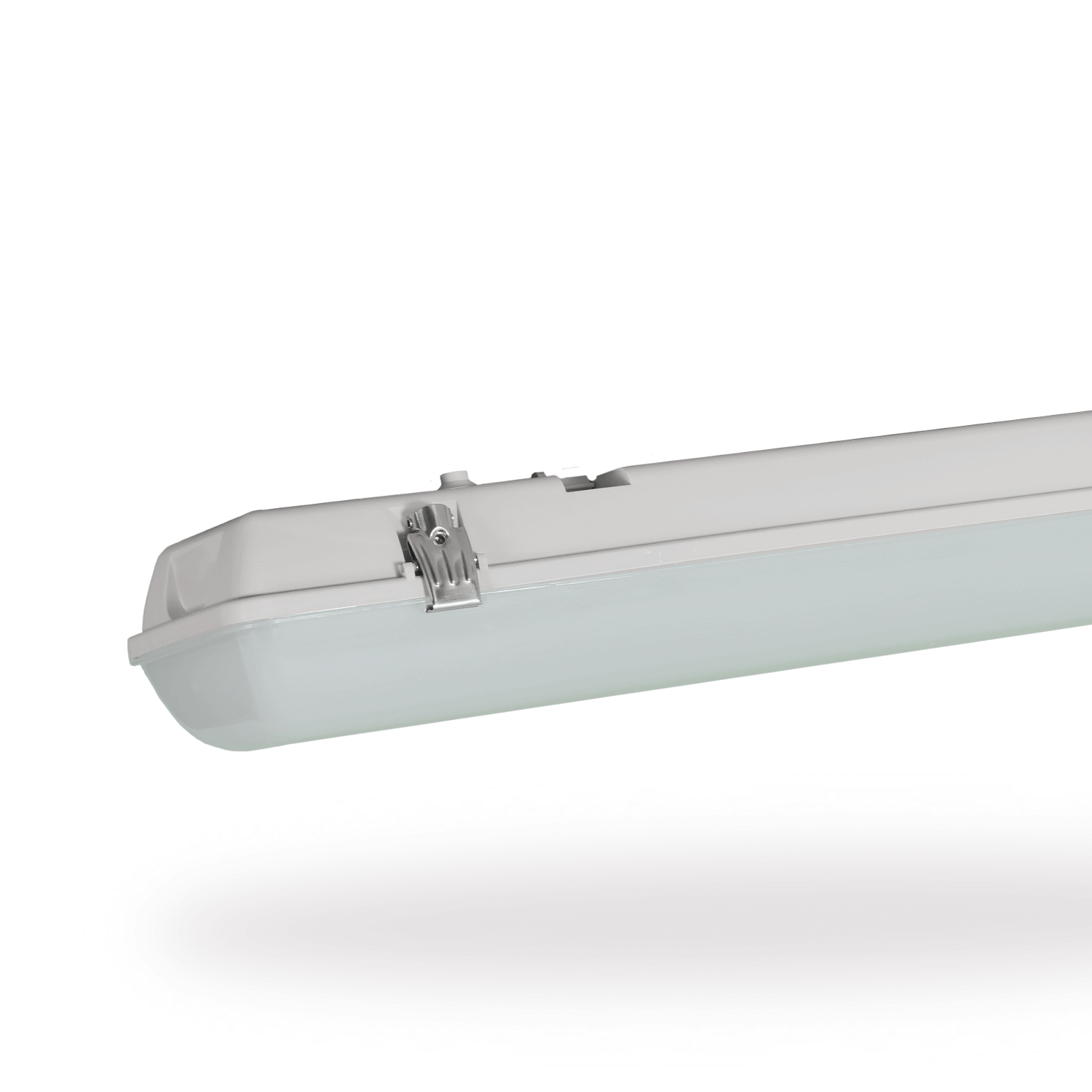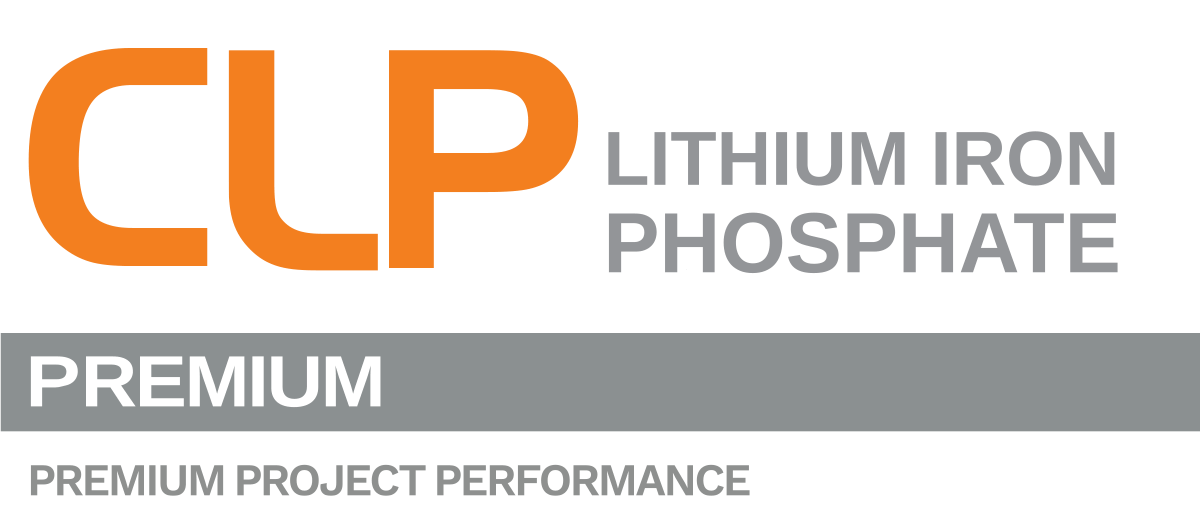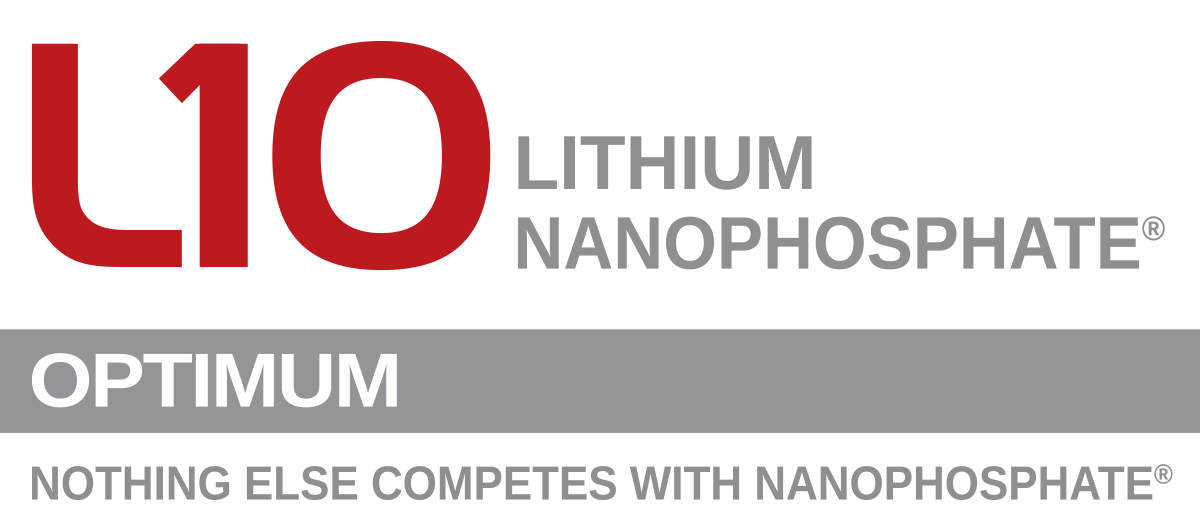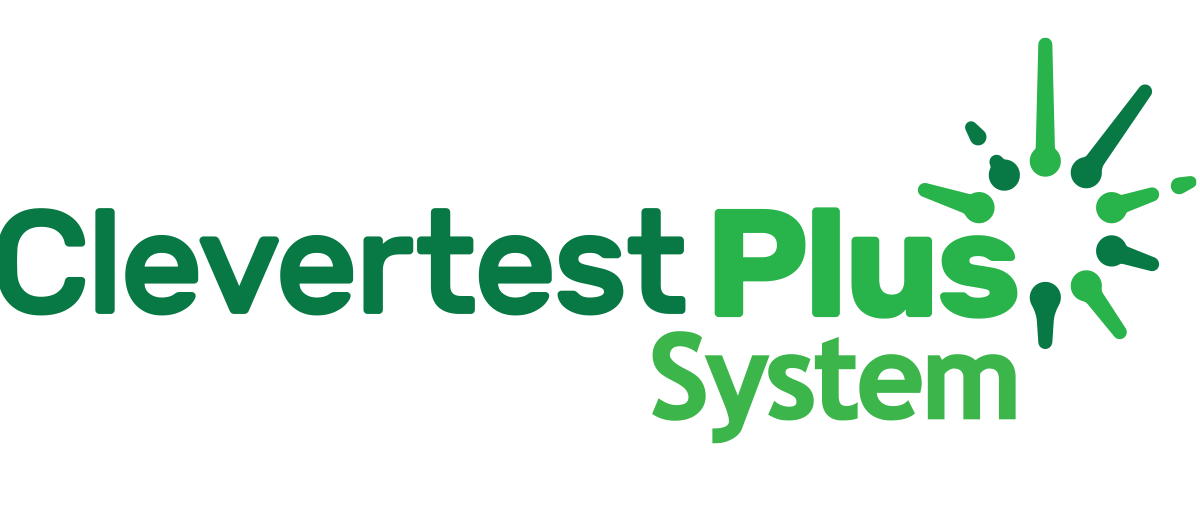The findings are clear, Clevertronics products and solutions offer the highest carbon reduction outcomes compared to conventional emergency lighting alternatives on the market.
Contributing Towards Net Zero
In 2021 the UK government set the world’s most ambitious carbon reduction plan, to reduce carbon emissions by 78% by the year 2035.
Buildings contribute greatly to UK carbon emissions therefore building owners, designers, maintenance professionals and installers are seeking practical ways to reduce operational and embodied carbon emissions and emergency lighting can contribute toward net zero.
A recent study by leading global sustainability experts AECOM, found that L10 Nanophosphate and Zoneworks XT HIVE can reduce carbon emissions by up to 89%.
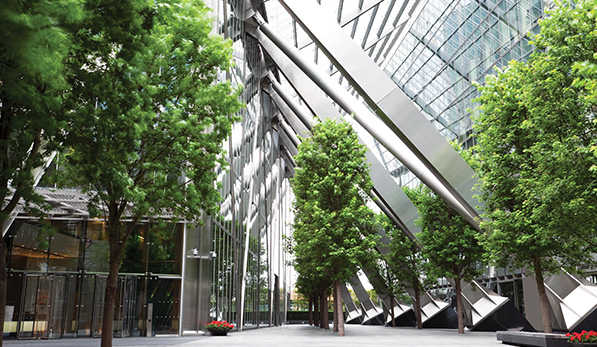
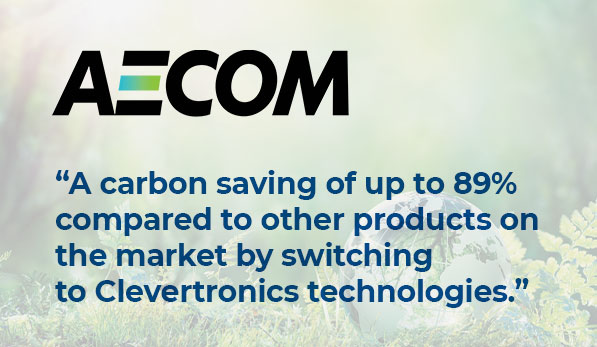
AECOM Emergency Lighting Study
When Leading global sustainability experts AECOM, recently conducted a carbon study on the use of emergency lighting products in buildings, we asked “What impact would result in using the latest technologies within a building’s carbon footprint?”
The AECOM study compared a typical installation of 1000 self-contained emergency light fittings with various battery technology and testing systems.
The battery technology included:
• NiCd, NiMH and L10 Lithium Nanophosphate
The testing Systems included:
• Manual test, DALI, RF and Zoneworks XT HIVE
Study Assessment Criteria
The assessment focuses on the “differences” in the carbon impact of the different combinations of battery and testing systems used to provide an overall carbon impact scenario.
Key measures in the assessment included:
• Operational Energy Consumption
• Fittings Replacement
• Driving for testing and maintenance
• Original and replacement batteries
• Waste Disposal
• Extra hardware and components


Key findings: Carbon reduction of up to 89%
The study made some key findings:
• L10 Nanophosphate and Zoneworks XT HIVE can reduce carbon by up to 89%
• L10 Nanophosphate alone has a lower carbon footprint in comparison to Ni-Cd/Ni-MH and other Lithium chemistry batteries that require on average between 4-6 cells to achieve the same result
• Per single battery, the NiCd/NiMH battery has an embodied carbon impact around 1.5 times greater than L10 Nanophosphate
• L10 Nanophosphate with a 12 year design life last 3 times longer than NiCd and NiMH alternatives
• Additional hardware and cabling for wired DALI systems increases the carbon output by 45t CO2e for a 1,000 fitting installation compared to Zoneworks XT HIVE
Emergency Lighting Can Reduce Carbon
The findings are clear, Clevertronics products and solutions were found by AECOM to offer the highest carbon reduction outcomes compared to conventional emergency lighting alternatives on the market.
This means Clevertronics provides the most sustainable, emergency lighting solution available. By switching to Clevertronics L10 Nanophosphate luminaires paired with Zoneworks XT HIVE monitoring system, businesses can benefit from up to 89% carbon reduction compared to alternative conventional emergency lighting systems.
